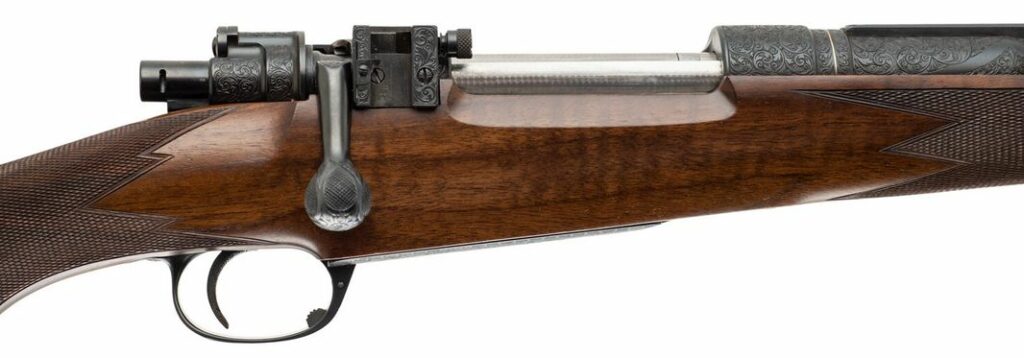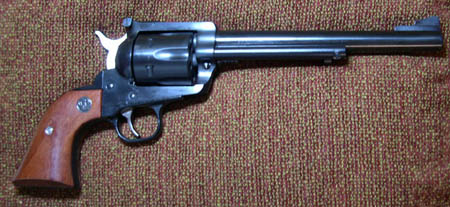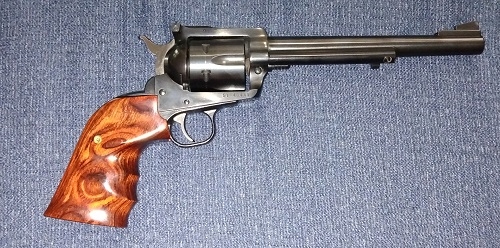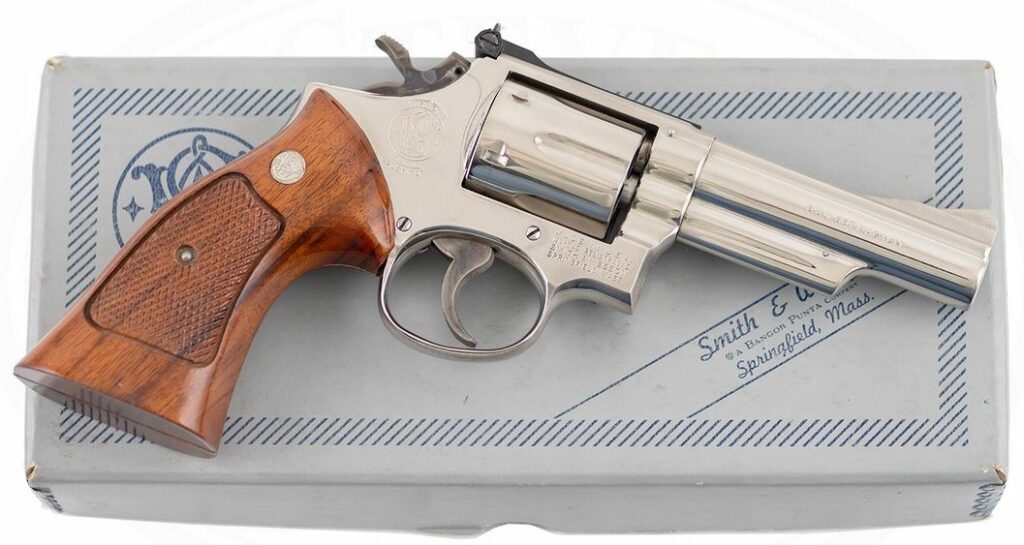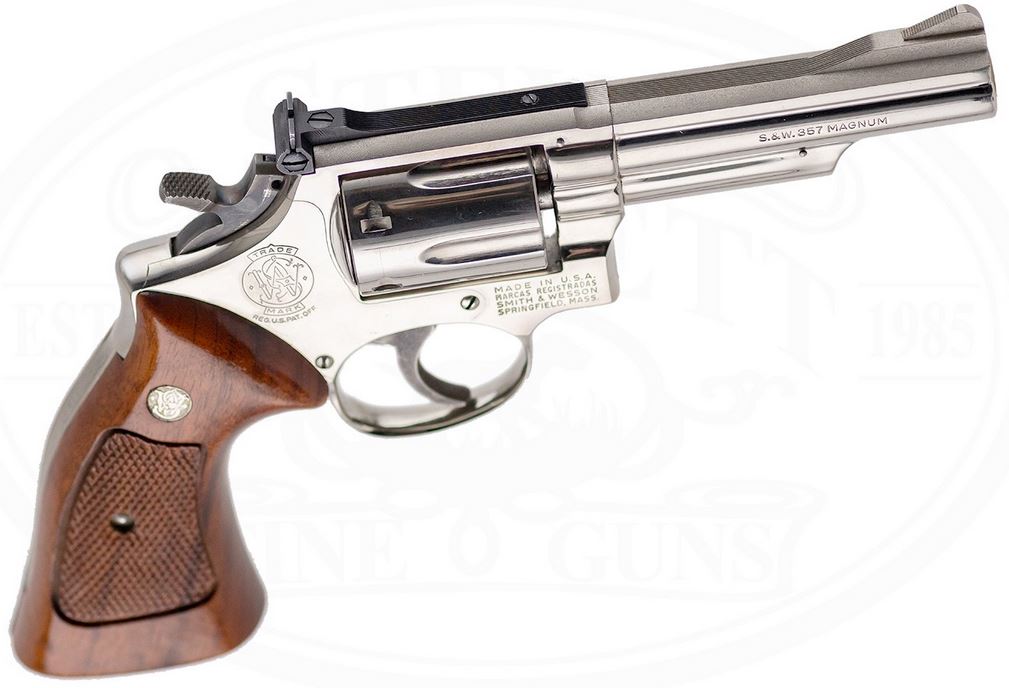I can’t argue much with this line of reasoning (in favor of large-capacity magazines in your handgun):
Gun control advocates who try to justify restrictions on law-abiding citizens may sometimes look at how violent crimes unfold to justify their argument. They might say that most gun fights only involve a few rounds, for example, so why would you need a 15-round magazine?
I’ve had that conversation.
And, to be fair, most gunfights actually are over after just a few shots. Most don’t even need to hit to end the fight because most bad guys are cowards who want easy meat, not someone ready to fight back.
The problem with this is that it assumes the average is universal. The average gun battle may only have, say, three shots fired, but a lot of them only have one round discharged. That means some involve a whole lot more.
Statistically, of course, that is absolutely correct. When the argument comes to grief, however, is also part of the law of averages, in that you have to ask yourself: “How many home invasions or self-defense situations involve multiple attackers?”
The answer, of course, is “precious few” (outside a BLM or Antifa riot).
But I know that when it comes to self defense, one should always expect the best but prepare for the worst. And frankly, this is the conundrum we gun owners face every day.
It’s probably best to illustrate this by using my own position, because I’ve tortured myself for years about quantity vs. quality: should I rely on a hi-cap 9mm Europellet gun, or a limited-cap .45 1911?
The answer, for me,as any fule kno, is the 1911, because I trust that a single wound made by the .45 bullet is going to likely end the business more reliably than a single round of 9mm. I practice long and often to make sure that my first shot is right on target — but that doesn’t mean that my decision is a correct one, especially if my home were to be invaded by more than a single goblin. Four of the bastards, as in the linked article? Phew.
Next to my chair (actually, in a pocket on the side thereof), is my Springfield 1911, loaded with an 8-round Chip McCormick Power Mag (+1 in the tube). What I should do is load up a 10-round mag in my chair gun (I may have a few knocking around somewhere) and have a spare mag of similar capacity sitting in the pocket. My reloading speed with a 1911 mag isn’t as good as the pros, but it’s nothing to sneeze about. I don’t carry 10-rounders on my belt when I go out, though, simply because I don’t have a mag-holder large enough for the longer 10-rounder, and the longer mag likewise is problematic to carry so I content myself with three 8-round Power Mags (one in the 1911, the other two in their holster). And frankly, it’s too much of a PITA to keep exchanging the 8- and 10-round magazines every time I leave the house and come back.
So I guess I’ll have to rely on just the one 8-rounder in the chair gun (but with a 10-round backup). Long ago I made the decision that carrying a heavy old 1911 and spare mags around is worth the hassle (YMMV) because I have absolute faith that it will suffice to protect me in pretty much any situation outside the house. (If I were to need more, there’s always the trunk, ’nuff said.)
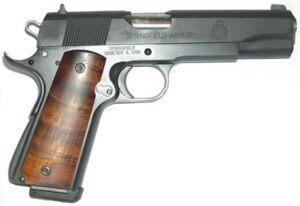
Next to my bed (on top of the drawer) can be found my S&W Mod 65, loaded with of course only 6 rounds of .357 Mag. A little while ago, though, I added my backup S&W 637 (5 rounds of .38 Spec +P) simply because of the above argument. That’s 11 rounds, and if necessary I can shoot the two revolvers simultaneously (yes, I’ve practiced a lot shooting the little 637 left-handed.) And yes, while I have several speedloaders for each gun right there, I’m under no illusions about my reloading speed with them, despite many, many hours of practice. I’m no Jerry Miculek, for sure.
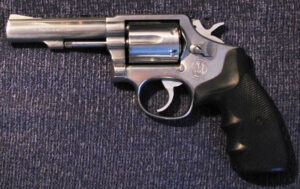
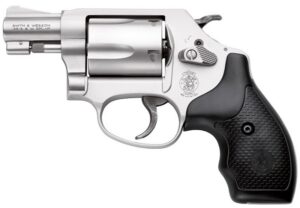
Then again, under the bed is my loaded AK, and if I get but a minute or so’s warning, I would suggest that 20 rounds of 7.62x39mm Commie should suffice for pretty much any number of attackers. (I know, should be a pump shotgun, but I don’t have one of those yet, shuddup I’m working on it.)
On a tangential note, however, I should point out that most people seem content with the low-capacity (5 rounds) in a shotgun tube mag, on the basis that a single charge of 12ga. 00 Buck should be a showstopper — which, generally speaking, it is. It’s more or less the same argument I have for using a .45 instead of a 9mm, although of course I’m not equating the efficacy of 12ga. buckshot to the .45 ACP hollowpoint. But there’s also no argument that the 1911 (or Mod 65, for that matter) are a great deal less cumbersome than a long gun in a confined space such as my tiny apartment, so there’s that side of it.
One last note: I have pretty much decided that “close at hand” is of paramount importance. Whether in my chair while writing, or next to the bed while sleeping, my guns are both well within arm’s reach and can be brought to bear in close to two seconds. (I’m not going to take this to the extreme and have a “bathroom” or “kitchen” piece because a) the likelihood I’ll need either is vanishingly small and b) I don’t own that many self-defense guns, any more. At least 95% of my time at home is spent in the char or in bed, so I’ll leave the remaining 5% to chance.)
So there’s the argument, from my personal perspective. As we all do, I’m faced with all sorts of compromises when it comes to self-defense, and I’ve made my decisions based on preference, likelihood and circumstance. Yours may (and probably will) differ, but I thought you might want to see my thought processes, in case that helps you refine your thinking and make your own decisions.
And now, if you’ll excuse me, it’s time to head to the range. All this gun talk has made my finger itch.



 Let me start off by looking at the lines of this Safari Custom rifle as a whole: without a single cut of engraving, that is one exquisite rifle: lean, curved in all the right places and just plain beautiful. Now let’s look at the engraving:
Let me start off by looking at the lines of this Safari Custom rifle as a whole: without a single cut of engraving, that is one exquisite rifle: lean, curved in all the right places and just plain beautiful. Now let’s look at the engraving: